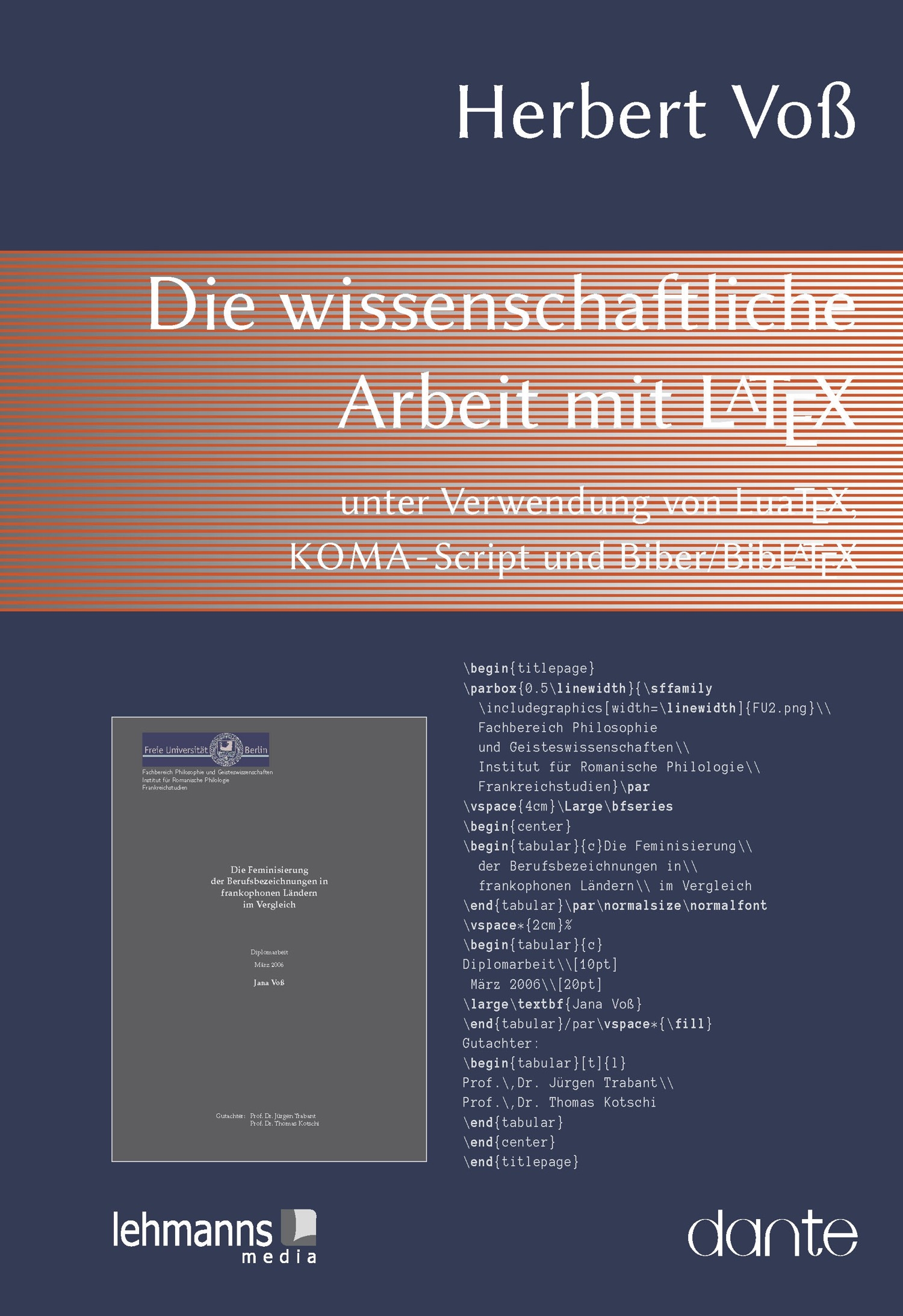Over/Underbrackets

|
Main page |
|
Index |
| UK FAQ |
| Documentation |
|
Software
|
|
CTAN Search CTAN: |
|
Statistics |
|
Google c.t.t. Google d.c.t.t. |
|
 |
|
 |


\def\underbracket{%
\@ifnextchar [ %
{\@underbracket}%
{\@underbracket [\@bracketheight]}}
\def\@underbracket[#1]{%
\@ifnextchar [ %
{\@under@bracket[#1]}%
{\@under@bracket[#1][0.4em]}}
\def\@under@bracket[#1][#2]#3{%\message {Underbracket: #1,#2,#3}
\mathop {%
\vtop {%
\m@th \ialign {%
##\crcr $\hfil \displaystyle {#3}\hfil $%
\crcr \noalign %
{\kern 3\p@ \nointerlineskip }%
\upbracketfill {#1}{#2}
\crcr \noalign %
{\kern 3\p@ }%
}%
}%
}%
\limits%
}
\def\upbracketfill#1#2{%
$\m@th \setbox \z@ \hbox {$\braceld$}
\edef\@bracketheight{\the\ht\z@}\bracketend{#1}{#2}
\leaders \vrule \@height #1 \@depth \z@ \hfill
\leaders \vrule \@height #1 \@depth \z@ \hfill%
\bracketend{#1}{#2}$%
}
\def\bracketend#1#2{\vrule height #2 width #1\relax}
the code for the overbracket is different and was send by Dorothea Bahns:
\def\overbracket{\@ifnextchar [ {\@overbracket} {\@overbracket
[\@bracketheight]}}
\def\@overbracket[#1]{\@ifnextchar [ {\@over@bracket[#1]}
{\@over@bracket[#1][0.3em]}}
\def\@over@bracket[#1][#2]#3{%\message {Overbracket: #1,#2,#3}
\mathop {\vbox {\m@th \ialign {##\crcr \noalign {\kern 3\p@
\nointerlineskip }\downbracketfill {#1}{#2}
\crcr \noalign {\kern 3\p@ }
\crcr $\hfil \displaystyle {#3}\hfil $%
\crcr} }}\limits}
\def\downbracketfill#1#2{$\m@th \setbox \z@ \hbox {$\braceld$}
\edef\@bracketheight{\the\ht\z@}\downbracketend{#1}{#2}
\leaders \vrule \@height #1 \@depth \z@ \hfill
\leaders \vrule \@height #1 \@depth \z@ \hfill
\downbracketend{#1}{#2}$}
\def\downbracketend#1#2{\vrule depth #2 width #1\relax}
There is no difference in the examples. Replace "under" with "over" and you'll get nearly the same.
underbrace versus underbracket
\underbrace{...}is an often used command:



(1) 
- Sometimes an underbracket is needed, which can be used in more ways
than
\underbrace{...}an example for\underbracket{...}:

use of \underbracket{...}
The
\underbracket{...}command has two optional parameters:- the linethickness in any valid latex unit, e.g.
1pt - the height of the edgebrackets, e.g.
1em
\underbrace-command.textmath-mode
1. $\underbracket {foo\ bar}$
2. $\underbracket[2pt] {foo\ bar}$
3. $\underbracket[2pt] [1em] {foo\ bar}$
- the linethickness in any valid latex unit, e.g.